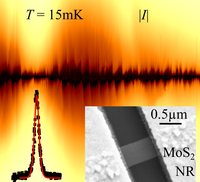So I'm a good, and normally very happy booking.com customer (Genius Level 3 if that means anything), and have spent a lot of money over the past years via that company. This year, during this trip, I tried booking airport pick-up in advance for the first time. The first pick-up failed spectacularly, and I'm still dealing with it.
Long flight(s). Frankfurt (FRA) - Bangkok (BKK), Bangkok (BKK) - Sydney (SYD). Things didn't go exactly to plan, the flight arrived late in Sydney, but hey, booking.com says the drivers are tracking the arrival schedule and adapt to that. After immigration and luggage pick-up, I leave the security area and scan the waiting crowd. Lots of drivers waiting for lots of travellers, but unfortunately noone waiting for me.
After half an hour of waiting, I get into a conversation with a driver who works for the same company that is supposed to pick me up. He asks around, can't help me either, and recommends to phone the company office. I do that, with the number given in the reservation confirmation in the booking.com app. On the phone, I get told there is no reservation on my name.
So I take a regular cab to my hotel. Works fine.
Except that the transfer was of course already paid (and since the date is past, it can't be cancelled anymore). Clicking through the labyrinth of the booking.com website, I find out it is really difficult to file a complaint. Anyway, I manage to arrive at the proper form, state the situation and request a refund.
Nothing happens for over a week.
So I file another report again, on Sat 2/July/2022, including this time that in case of no response within three business days I will dispute the corresponding credit card booking, with them being liable for associated fees. Clock's ticking...
I like booking.com, and am otherwise a very happy customer. Also, a second pickup later worked out just fine (SGN). Nevertheless, this is somewhat annoying.
Update, 7/July/2022: With effective date 2/July/2022 the money was refunded to my credit card by booking.com. No e-mail or status change or notification on the website, but hey, the money is back. So no need for further complaints. :)


